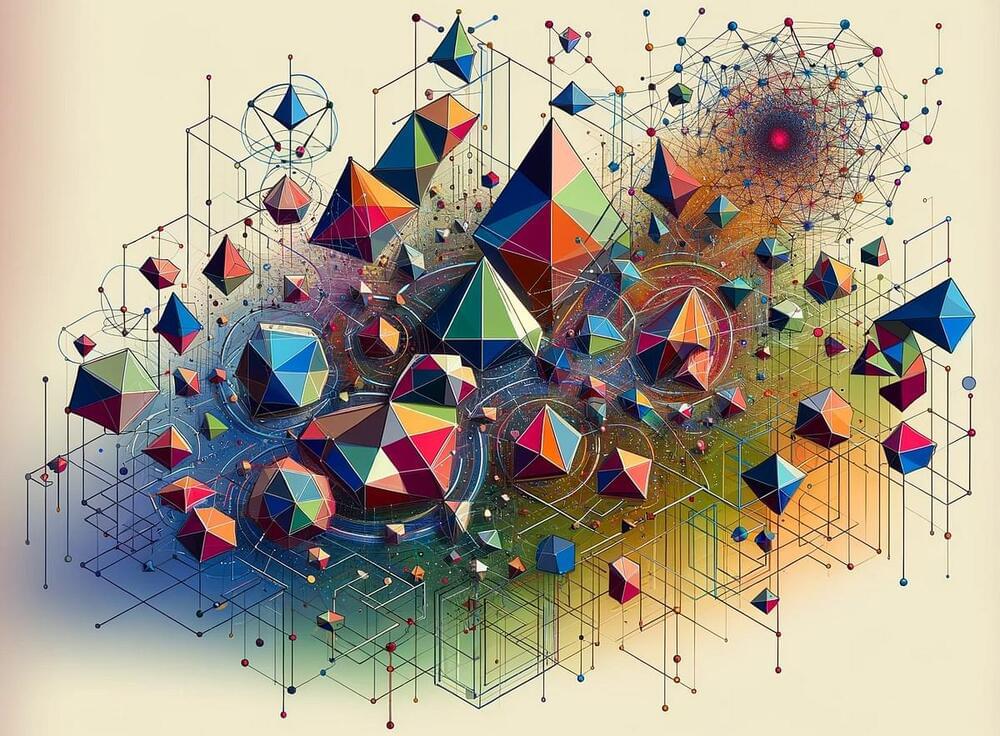Topological Deep Learning (TDL) is gaining traction for its ability to capture higher-order interactions beyond the pairwise structure of #graphs, using tools from #algebraic #topology, especially combinatorial topological spaces.
How combinatorial topological spaces can be used to promote a paradigm shift from inferring pairwise to multiway latent relationships in data.
Several problems in machine learning call for methods able to infer and exploit multi-way, higher-order relationships hidden in the data. We propose the new beyond-graph paradigm of Latent Topology Inference, which aims to learn latent higher-order combinatorial topological spaces describing multi-way interactions among data points. To make Latent Topology Inference implementable, we introduce the Differentiable Cell Complex Module, a novel learnable function able to infer a latent cell complex to improve the downstream task.
This post is based on the paper by Claudio Battiloro, Indro Spinelli, et al., “From Latent graph to Latent Topology Inference: Differentiable Cell Complex Module”, ICLR 2024, a collaboration with Lev Telyatnikov, Michael Bronstein, Simone Scardapane, and Paolo Di Lorenzo. The code can be found here.
Graph Neural Networks (GNNs) have become prominent in several domains, due to their ability to merge neural networks flexibility with the knowledge of data relationships modeled through graphs. However, GNNs typically need as input a fixed graph (which is assumed optimal for the task at hand), and they can explicitly model only pairwise interactions.









Comments are closed.